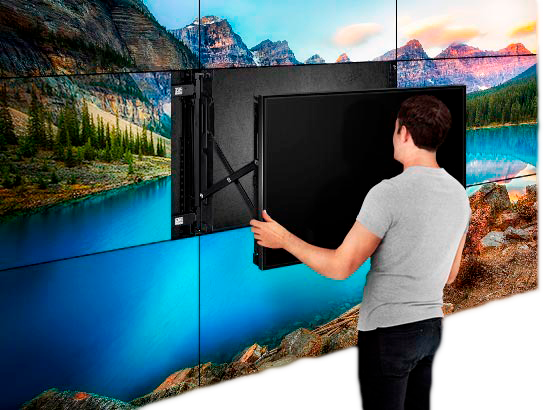The caliber of the light-emitting diode elements plays a significant role in color consistency. Different types of light-emitting diodes produce light at different frequencies, which can affect the overall color output. High-quality LEDs are designed to produce a more consistent light range, leading in improved color accuracy. Additionally, the manufacturing process of these light-emitting diodes can affect their functionality. Screens made with high-grade materials and techniques tend to have less color variations, ensuring that the displayed images and videos look vibrant and true to life.

Calibration is another crucial factor in preserving color consistency in light-emitting diode wall screens. Calibration involves look at this now modifying the configurations of the panel to ensure that the hues shown match the desired appearance. This process can include adjusting luminosity, contrast, and color balance. Regular tuning is essential, especially in environments where lighting factors change frequently. By tuning the panels, technicians can fix any discrepancies in hue output, resulting to a more uniform observing encounter.
Environmental factors also affect hue consistency in light-emitting diode wall screens. Factors such as surrounding light, heat, and humidity can influence how hues are perceived. For example, intense surrounding light can dull hues, making them appear more vibrant. Similarly, harsh temperatures can influence the performance of the light-emitting diodes, resulting to color shifts. To mitigate these problems, it is crucial to place light-emitting diode wall screens in controlled environments where illumination and heat can be managed efficiently.
Lastly, the design and layout of the light-emitting diode wall screens can impact color uniformity. The configuration of the panels, as well as the distance from which they are viewed, can create differences in hue perception. When panels are arranged too distant apart or at varied angles, viewers may detect discrepancies in hue. To achieve the best visual output, it is crucial to take into account the positioning and arrangement of the screens during installation. By tackling these elements, operators can ensure that their LED wall panels deliver a uniform and superior optical encounter.